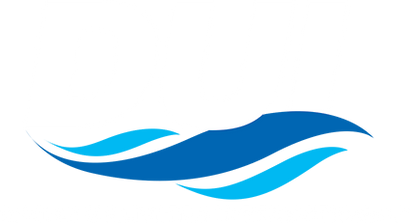Repairs Outside US
The following information was obtained from Export.gov and can be viewed in its entirety at http://www.cbp.gov/xp/cgov/trade/basic_trade/
WHAT PROCEDURES SHOULD FOREIGN CUSTOMERS FOLLOW WHEN SENDING AN ITEM TO THE UNITED STATES FOR REPAIR?
Customers in other countries should first check with their own Customs Authority and register the merchandise before sending it to the United States for repair. Every country's Customs Authority has a different procedure and documentation for repairs, so it is important that you stress this registration with your foreign customers before they ship the merchandise back to your company.
With regard to U.S. Customs, goods to be repaired may be imported under Temporary Importation under Bond (TIB) procedures. The U.S. importer should contact the local Customs office for procedures and bonding requirements.
HOW SHOULD A COMPANY SHOW THE VALUE OF THE REPAIR ON THE COMMERCIAL INVOICE? WHAT IF THE ITEM IS UNDER WARRANTY?
The value of a repair should be listed on the commercial invoice. If the repair is a sale, then the invoice should reflect the transaction value. If it is not a sale (for example the repair is under warranty), then the company could list the value as its cost (wholesale value), fair market value, or the company's cost of production if it performed the repair.
Most importantly, the company should write the following sentence on the commercial invoice: "No charge: Warranty Repair Value for Customs purposes only." Even with this demarcation on the commercial invoice, the value of repair, even if under warranty, is dutiable in the United States.
WHAT HARMONIZED SYSTEM OR SCHEDULE B NUMBERS APPLY TO REPAIRS?
The Harmonized System (HS) numbers that apply to repairs are 9801 and 9802 as well as Schedule B number 9801.10. These classifications are important both for duty and tax determinations and for trade statistics. Proper classification ensures the importer will not be responsible for full duties and taxes on the item but only on the value of the repair. For trade statistics, using the 9801 and 9802 headings will ensure the U.S. Census Bureau includes only the repair value in the trade statistics and will not double-count the item.
U.S. companies importing items to be repaired from a foreign buyer should instruct their customers to use HS number 9801.00.1012 on their shipping documentation. After the U.S. company repairs the item and is ready to re-export, it should use Schedule B number 9801.10.0000.
HOW SHOULD THE SHIPPERS EXPORT DECLARATION (SED) BE COMPLETED TO PROPERLY REFLECT REPAIR TO AN ITEM?
When a good is returned by a foreign buyer to the U.S. manufacturer for repairs, fixed, and then re-exported, the U.S. firm must file a new SED for the repaired good. The following information is to be included on the new SED:

- Field 22: Provide the Schedule B Number and include below it the following text: "merchandise being returned or otherwise exported after repair or alteration in the United States." The merchandise should be reported as "domestic" under Schedule B number 9801.10.0000 with the proper shipping weight reported.
- Field 26: The value reported on the SED for such merchandise should reflect only the cost of the repairs or alterations (including parts and labor). If no charge is made for the repairs or alterations, such as repairs under warranty, report a value representing the cost of such repairs or alterations to the manufacturer. If the value of the repairs or alterations is $2,500 or less, or the merchandise is being shipped to Canada or to U.S. Territories other than Puerto Rico and the Virgin Islands, no SED is required. When an SED is not required, the bill of lading, airway bill, or other loading document used by the exporting carrier must include the following statement: "No SED required -- value of repairs or alterations $2,500 or less."

